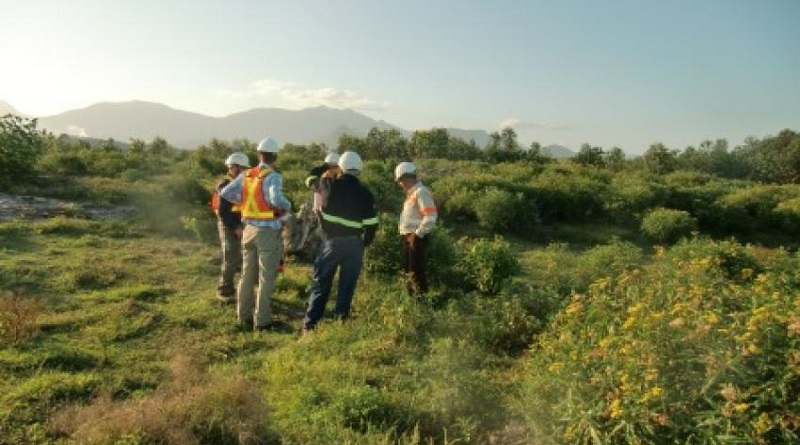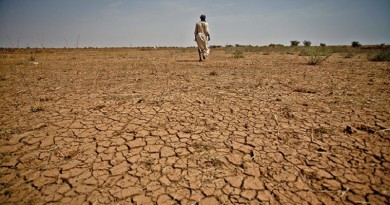IUCN Congress set to debate new global policy on biodiversity offsets
As governments and business struggle to reconcile conservation and economic goals, the International Union of Conservation of Nature (IUCN) World Conservation Congress will debate the first-ever global policy on biodiversity offsets – a mechanism increasingly used to compensate for the residual negative impacts of development projects on biodiversity.
Today, over 100 countries have, or are developing, national-level policies around biodiversity offsets to compensate for biodiversity impacts from projects, but there is not a broadly accepted framework to ensure offsets are being applied in an environmentally robust way. The overarching goal of this policy is to ensure that offsets help achieve a positive conservation outcome, by ensuring they contribute to a no net loss of biodiversity and preferably a net gain.
Despite the increasing use of offsets to address the residual impacts on biodiversity linked to development projects, many in the conservation community are wary of this approach. Some of the concern is that offsets have not yet proven to be effective in conserving biodiversity in other areas to a level comparable or greater than what is being impacted. Others are concerned that it will be used as a “licence to trash.â€Â This diversity of views and level of concern were some of the factors that drove the creation of an IUCN-led working group to develop an IUCN policy.
“The IUCN policy will provide the first globally endorsed guidance on this critical issue. However, it clearly states that using offsets should be considered as a last option and even then, in some cases, offsets are not appropriate,†said IUCN’s Senior Programme Officer Stephen Edwards, who led the global consultation process to develop the draft policy. For example, offsets should never be used to circumvent taking action to avoid and minimise damage to biodiversity or to justify projects that would otherwise not happen.
A new IUCN Issues Brief describes how best practice in industry and infrastructure development affecting biodiversity requires following a decision-making framework known as the mitigation hierarchy. This approach requires governments and companies to first try to avoid, minimise and restore any environmental impacts on biodiversity before they consider any schemes to offset or compensate for damage to biodiversity at the site.
If offsets are used, business and governments should make transparent commitments to conservation targets. IUCN is developing an assurance protocol for companies committing to a Biodiversity Net Gain or Net Positive Impact to enable regular monitoring and verification of the progress made through the implementation of the mitigation hierarchy.
The draft IUCN policy covers all aspects of the design, implementation and governance of biodiversity offsets within the context of the mitigation hierarchy, including those circumstances where biodiversity offsets are not appropriate. In addition, the policy would be applicable for all sectors and types of development, where biodiversity offsets are proposed.
The IUCN Members’ Assembly is expected to vote on the draft policy when it meets as part of the IUCN Congress in Hawaii, between 6-10  September. Prior to that, there will be several events held in the public Forum at the IUCN Congress between 2-5  September, which will explore some of the challenges and lessons-learned in implementing biodiversity offsets.  Some highlights include: On 3 September, a Knowledge Café will explore “IUCN Biodiversity Offsets Policy: Key issues and discussions,†drawing on experiences from government, the private sector and local communities.
On 5 September, a conservation case will examine the different regional perspectives in “Biodiversity offsets: What are they and what do they mean to different stakeholders?â€
The biodiversity offsets policy has been developed as a result of a mandate from IUCN Members at the last IUCN Congress in 2012. Since that time, a working group was established to draft the policy, which was then presented to stakeholders around the world throughout 2015. In addition, more than 350 comments were received during an online consultation to inform the final draft policy.



